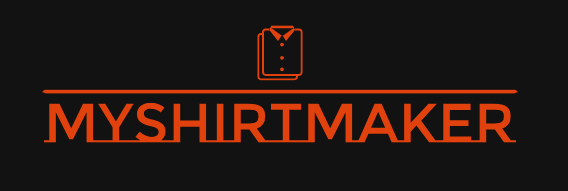STEM Education Shaping Tomorrow’s Innovators

The Foundation of Innovation: Early STEM Exposure
The seeds of innovation are often sown early. Exposure to STEM (Science, Technology, Engineering, and Mathematics) concepts from a young age fosters a natural curiosity and a love for problem-solving. Children who engage in hands-on science experiments, build with blocks and LEGOs, or explore simple coding programs develop critical thinking skills, spatial reasoning abilities, and a fundamental understanding of how the world works. This early foundation is crucial for nurturing future innovators who can tackle complex challenges with creativity and confidence.
Hands-on Learning: Beyond the Textbook
Traditional, lecture-based learning often falls short in igniting a passion for STEM. Effective STEM education emphasizes hands-on activities, project-based learning, and real-world applications. Students learn best by doing, whether it’s designing and building a robot, conducting a scientific experiment, or programming a simple game. This active learning approach allows students to explore concepts in a tangible way, strengthening their understanding and fostering a deeper appreciation for the subject matter. The experience of overcoming challenges and seeing the tangible results of their efforts boosts confidence and encourages further exploration.
The Role of Mentorship and Collaboration
STEM education is not solely about individual achievement; it thrives on collaboration and mentorship. Working in teams on projects encourages students to share ideas, learn from each other’s strengths, and develop crucial communication and teamwork skills. Mentorship from experienced professionals, teachers, or even older students provides invaluable guidance, inspiration, and a real-world perspective on the application of STEM principles. This support system helps students navigate challenges, stay motivated, and envision their future careers in STEM fields.
Bridging the Gender and Equity Gap in STEM
Historically, STEM fields have faced a significant gender and equity gap. Encouraging girls and underrepresented minorities to pursue STEM careers is crucial for fostering innovation and ensuring diverse perspectives in problem-solving. This requires addressing societal biases, providing role models, and creating inclusive learning environments where all students feel welcome, supported, and empowered to reach their full potential. Initiatives focused on fostering interest in STEM from a young age, promoting female and minority role models, and addressing implicit biases are critical for closing this gap.
The Importance of Computational Thinking
In today’s increasingly digital world, computational thinking is a fundamental skill for all innovators. This involves breaking down complex problems into smaller, manageable steps, designing algorithms to solve those problems, and evaluating the effectiveness of those solutions. Integrating computational thinking into STEM education equips students with the ability to analyze data, design solutions, and understand the underlying logic behind technological advancements. This skillset is increasingly valuable across diverse fields, making it a vital component of modern STEM education.
Connecting STEM to Real-World Issues
When students see the relevance of STEM to real-world issues, their engagement and motivation soar. Connecting classroom learning to current events, societal challenges, and global issues provides context and purpose. For example, students might apply their engineering skills to design sustainable solutions for environmental problems or use data analysis techniques to investigate public health crises. This approach not only enhances their understanding of STEM concepts but also develops their sense of civic responsibility and empowers them to contribute to positive change.
Fostering Creativity and Innovation
While mastering fundamental STEM concepts is crucial, true innovation requires creativity and out-of-the-box thinking. Effective STEM education encourages students to explore unconventional solutions, embrace failure as a learning opportunity, and develop a mindset of continuous improvement. Providing opportunities for open-ended projects, design challenges, and creative problem-solving allows students to develop their ingenuity and express their unique perspectives. This fosters a culture of innovation and prepares them to become the future leaders and problem-solvers our world needs.
Preparing for the Future Workforce
The future workforce will demand individuals with strong STEM skills and a capacity for lifelong learning. By providing a strong foundation in STEM education, we equip students with the adaptability, problem-solving skills, and critical thinking abilities they need to thrive in a rapidly evolving technological landscape. This investment in STEM education is not just about producing scientists and engineers; it’s about creating a generation of informed, innovative citizens capable of addressing the complex challenges of the 21st century and beyond. Please click here to learn more about stem and education.







